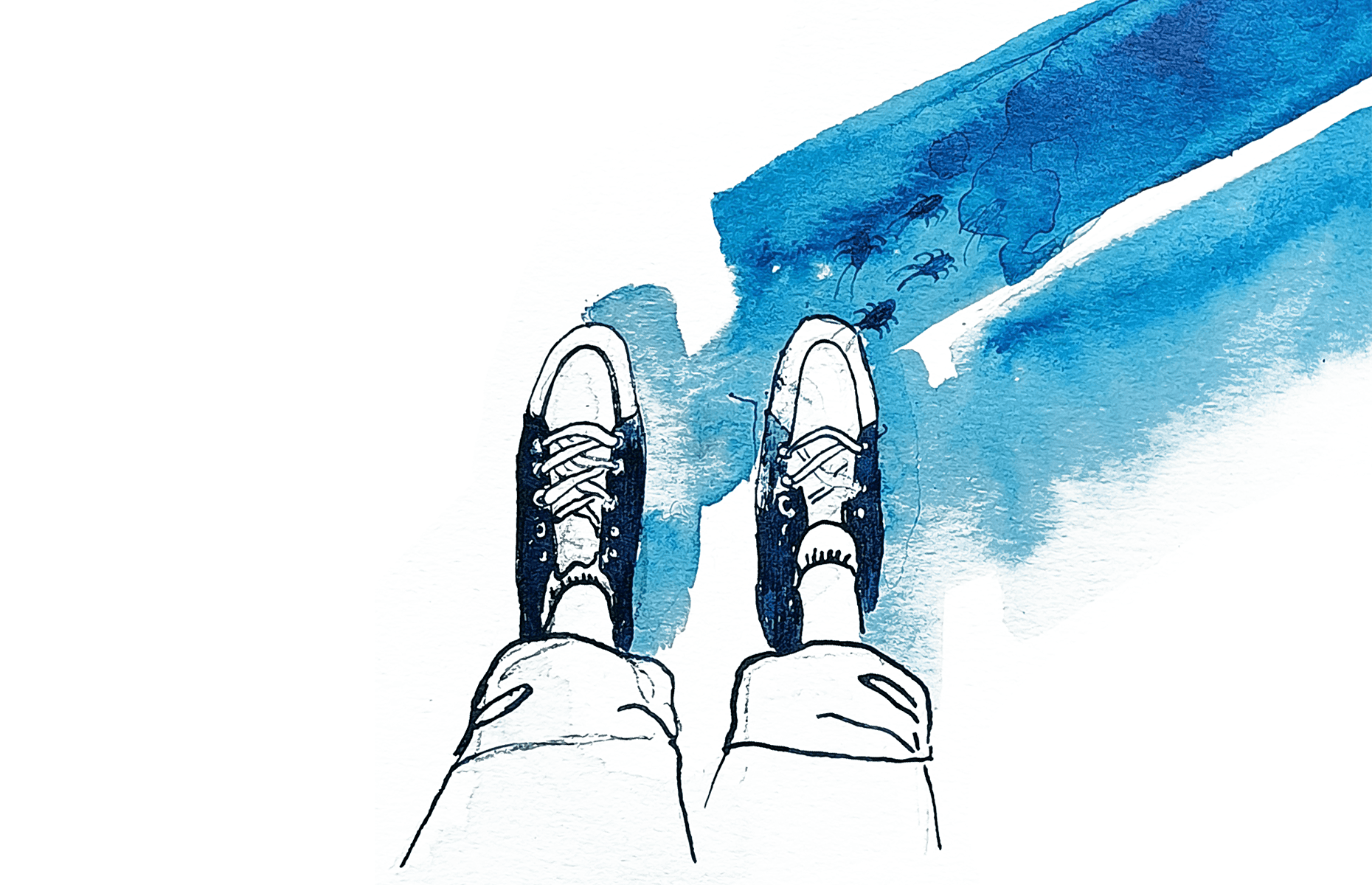CW: mentions and discusses caste-based violence and sexual abuse
Most people live blissfully unaware that there are thousands of cockroaches around them. They live silently in cracks and crevices. Only when one is out in the open and blatantly visible to the eye are fingers pointed, signalling for its existence to be immediately stamped out with disgust.
Similarly, many diaspora South-Asian youths are ignorant to the extent to which casteism has encroached our community, and a symptom of this ignorance is its infestation in our daily conversations.
Even those who tout that they are not casteist and are disgusted by overt displays of casteism, use lingo that consists of slurs directed towards people belonging to Scheduled Castes (SC), Scheduled Tribes (ST) and Other Backward Castes (OBC). Various Hindustani and Punjabi phrases such as chori-chamari nakarna (Don’t steal like the chamars), kanjar or harijan are laden with historical and social baggage, yet are uttered without a second thought.
The following is a non-exhaustive list of the etymology of casteist slurs, prominent in modern parlance amongst Hindustani and Punjabi speakers:
- Kanjar/Kanjari: “Kanjar” or “kanjari” have been reduced to ‘playful’ insults, often exchanged amongst friends, to imply that one is a pimp or prostitute or has had one too many flings. However, the etymological origins of kanjar/kanjari lies with the Kanjar community; a nomadic tribe from Northern India and Pakistan.
Like almost – if not all – tribal communities in India and Pakistan, the Kanjar community are oppressed due to their historical association with the sex work professon which Surbhi Dayal notes in Kanjar subculture: socialisation for sex work amongst traditional entertainers in India.
- Bhangi/Chuhra: Bhangi or Chuhra are commonly used to describe something as dirty or messy, yet are the exact names of two oppressed castes who have been restricted to sweeping and latrine cleaning jobs for centuries (as highlighted by Badri Narayan.)
- Dhobi: As launderers, the Dhobi caste is often depicted as untouchable and unclean, as their profession is deemed to be impure. The (misogynist) narrative is that society has long stigmatised menstruation, and since the Dhobi come into contact with the menstrual ‘polluted’ clothes of women, this makes them, as anthropologist John Hutton described in “Caste in India” (1963), “an outcaste no less than the scavenger who removes…dead bodies.”
- Chamar: A pejorative used against the Dalit caste, Ishan Khan mentions in “Ambedkar’s relation with Jatavas (landless labourers) of Agra”that “chamar” is derived from the Sanskrit word “carmakara,” referring to this Dalit sub-caste’s occupation as leather workers. As leather workers, Chamar people removed carcasses of dead animals, which they also ate, and tanned hides; acts considered to be unclean. As such, the Chamar caste was deemed to be untouchable and forced to live on the outskirts of villages or separate hamlets. This pejorative is used as a colourist insult as upper caste South-Asians have stereotyped and vilified people from the Chamar caste for being dark in complexion. This is reflected in a Bhojphuri (Hindi dialect) proverb:
Karia Brahman, gora Chamar
Inke sath na utariye paar
(Do not cross a river in the same boat with a black Brahmin or a fair Chamar)
- Harijan: Another pejorative targeted at the Dalit people, Harijan is a term Gandhi coined to describe Dalits as “children of the god, Hari Vishnu.” By referring to Dalit people as “children of God,” Gandhi believed he was associating them with Bhakti (devotion to a particular Hindu deity) themes that would counter the associated stigma. Dr. B. R Ambedkar, a Dalit himself, who was instrumental in advocating for caste annihilation and minority rights, objected to this term citing that it was condescending and “equivalent to the term Asprishya (untouchable).” Similarly, Dr. Ratnam writes how “Harijan” represents jogini or devadasi; a religious practice in which young Dalit women ‘married’ Hindu deities and became temple property. As temple property, they were forced into sexual slavery and the children born to these women were thus called “children of god.”
Thus, our mother tongues are tools of subjugation; infested with ideological violence that alienates marginalised communities whilst uplifting upper-castes. Every sharp and reckless movement of our tongues, whips these marginalised people into further oppression.
We are committing a deep and unforgivable injustice against the most vulnerable of our community by ignoring how our language perpetuates and normalises casteism. Our wilful blindness makes us complicit in caste-based discrimination and violence that occurs both back home and here. We need to do more than point disapproving fingers at overt displays of casteism. I implore all South-Asians to think critically as to how we silently embody casteism within our lives and unravel said casteism that is woven into our behaviours. This mission includes exterminating these vile slurs from our everyday conversations.





